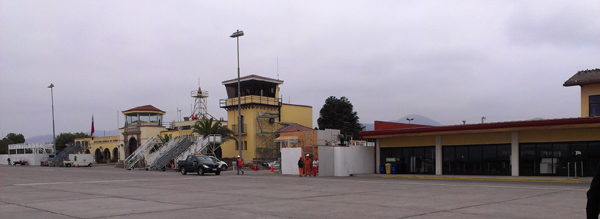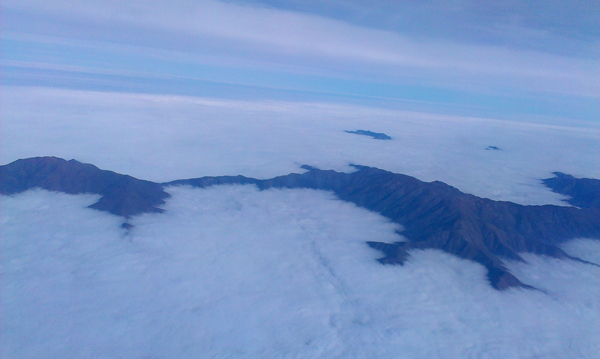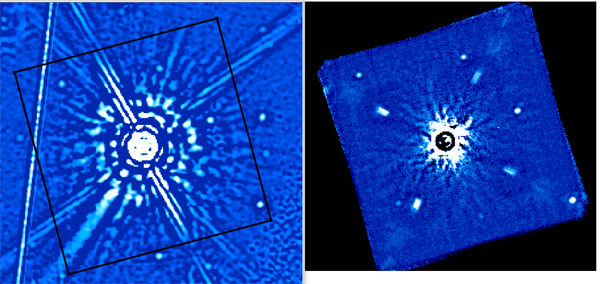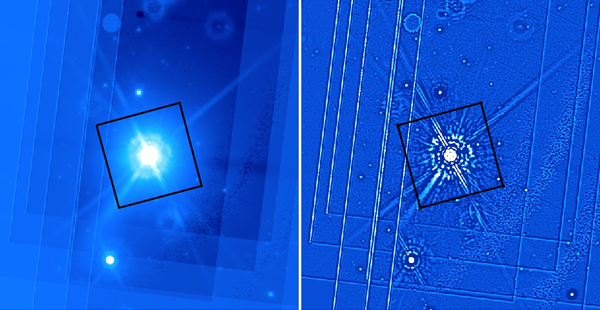Hi MagAO fans, you’ll never guess where I am…

We spent almost the entire month of April in Chile for MagAO’s first science run, and we were very happy with how well it went. So what better thing to do than get on a plane back to Chile to work on my other high-contrast AO project? I’ve been at the Gemini South Telescope at Cerro Pachon this week, helping with the 3rd commissioning run for the Gemini Planet Imager (GPI). When I was in grad school, I worked in the lab on the MEMS deformable mirror for the GPI AO system, advised by PI Bruce Macintosh. And now that GPI is on the telescope, I was very happy to get a chance to come and see the instrument on sky!

On this commissioning run, we’ve been running lots of tests, because GPI is a complicated instrument with stringent top-level requirements for its international user base. But today I’ll focus a set of data we took to calibrate the astrometry of GPI.
Astrometric calibration is critical for GPI as well as MagAO: When we see a faint dot near a star, the best way to check whether it is a planet orbiting that star, versus whether it is a background star along the same line-of-sight, is to compare the astrometry at a later date. Astrometry means measuring the stars — measuring the exact position in arcseconds and angle from North. But to figure out the size of our pixels on the sky, and the orientation of our camera and which way is North, we have to observe known groups of stars and measure their separations and angles. Then we compare our measurements to those from other instruments and tie that back to basic calibrations done in the lab with pinhole masks to create a common reference frame. This is how we calibrate astrometry.

But the field of view of GPI is very small, and it is hard to find a group of stars that are very close together, that also have a bright enough guide star for the AO system. Fortunately, MagAO observed an 8th-magnitude star in Baade’s Window at Magellan during our science run in April 2014, and we decided to try it with GPI. (Baade’s window is a clear window through to the galactic plane, so it’s full of stars that are thousands of parsecs away.)
We have to give credit to Laird for finding this field — it wins for the most stars (six!) visible in GPI’s field of view so far! Here is the GPI image compared to the MagAO/Clio image — both in H-band:

We have also sent the field along to our friends at VLT/SPHERE, who are currently on their first-light run, because someday we will all be trying to compare our observations of the same planets, and that will be much easier if we can also compare our astrometric calibrations.
Although GPI’s field of view is small, MagAO/Clio’s is a bit larger and so we can bootstrap our astrometry from some of the stars seen wider out in the field. Here is the zoomed-out Clio H-band image:

Finally, here are the zoomed out images from both VisAO and Clio, where we have plenty of stars for boot-strapping:

This is a great example of what we gain with cooperation and synergy between complementary instruments and our scientific friendships!
This post is cross-posted at the GPI blog. Over here you get a song of the day: